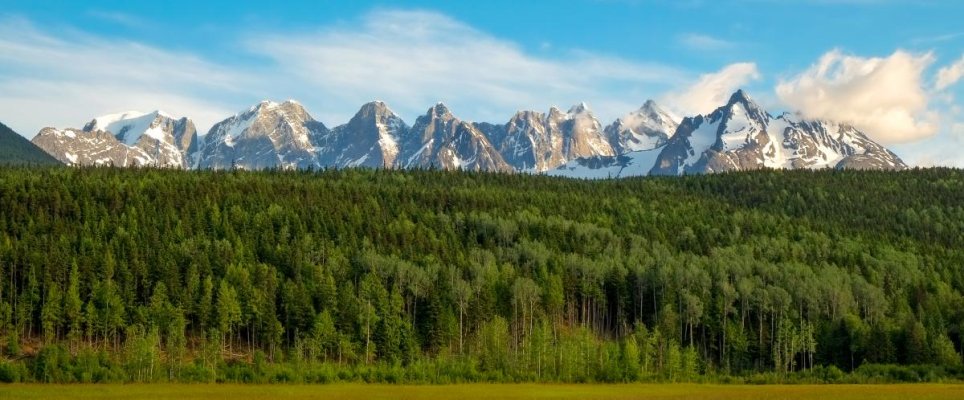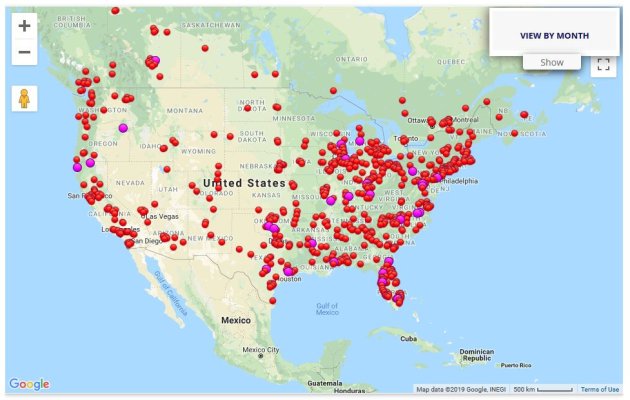Chris.. the word I got about 12 ga shotgun slugs was they were effective on smaller bears but on a larger charging bear, it may not even penetrate all the skin and fat to break a bone. Maybe, maybe not.
If not, now you have a pissed off wounded bear coming at you. They hoped the next round of buckshot would blind then and get enough blood in their nostrils to affect their sense of smell. Again, not a guaranteed outcome.
That was the reason the shotgun was not considered a good defense weapon by the experts in my circles.
I have no direct experience shooting bears, but have read up a bunch on it in anticipation of cruising in brown and polar bear country.
First, big difference between the bears. Black bears are much smaller, so just because something will work on a black bear, don't think it will on one of the larger bears.
Second, with the exception of polar bears, they will do all they can to avoid you. Encounters happen because both you and the bear failed to detect the other. Making noise is your best defense.
Third, bears acclimated to humans, or worse, who have gotten a taste of human food and garbage, are the dangerous ones. Because they have a taste, the seek out rather than avoid humans - not because they want to eat the humans, but because they are a marker for food and garbage. This leads to encounters that would otherwise be actively avoided by the bears. In the park systems, the bears that have to be killed are inevitably the ones that have become acclimated to humans.
Fourth, unlike other bears who will avoid you, polar bears will hunt you. You are food to them, with no special training required. This is why carrying a rifle is mandatory in many areas where there are polar bears.
Svalbard is one example location where there are a lot of polar bears, and where it's illegal to NOT carry a high powered rifle. Their guidelines are quite interesting to read, and echo what psneeld has said. Shotguns are unacceptable, period. Same with hand guns, no matter how Dirty-Harry it is. And only the most powerful rifles are accepted. Apparently you need BOTH a big charge with a lot of power, AND a
smaller caliber bullet to concentrate the energy enough to actually penetrate. Things like shotgun slugs and lower powered rifles will literally bounce off the skull. I seem to recall that a 30-06 was marginally acceptable.
Although the rifle carry laws are for polar bears, the anatomy and size of brown bears, especially coastal brown bears, are similar to polar bears. So I think it's reasonable to apply the same fire arms guidelines. But unless you are in polar bear territory, I think a set of bells, chitter chatter, and bear spray are a much better solution.





